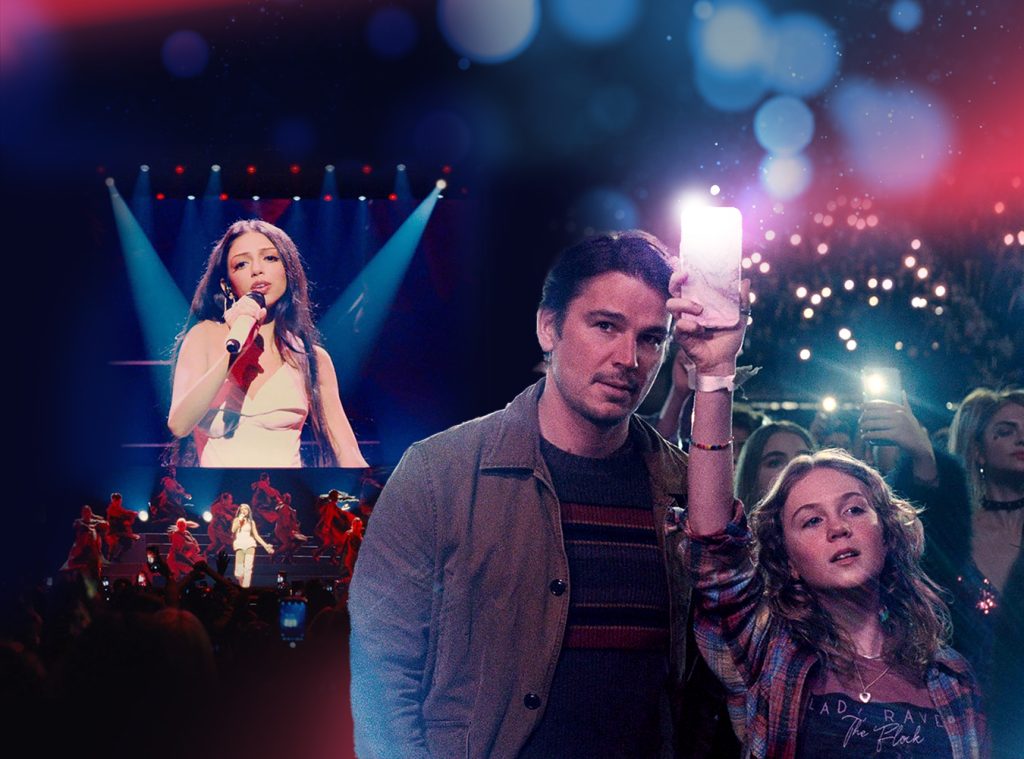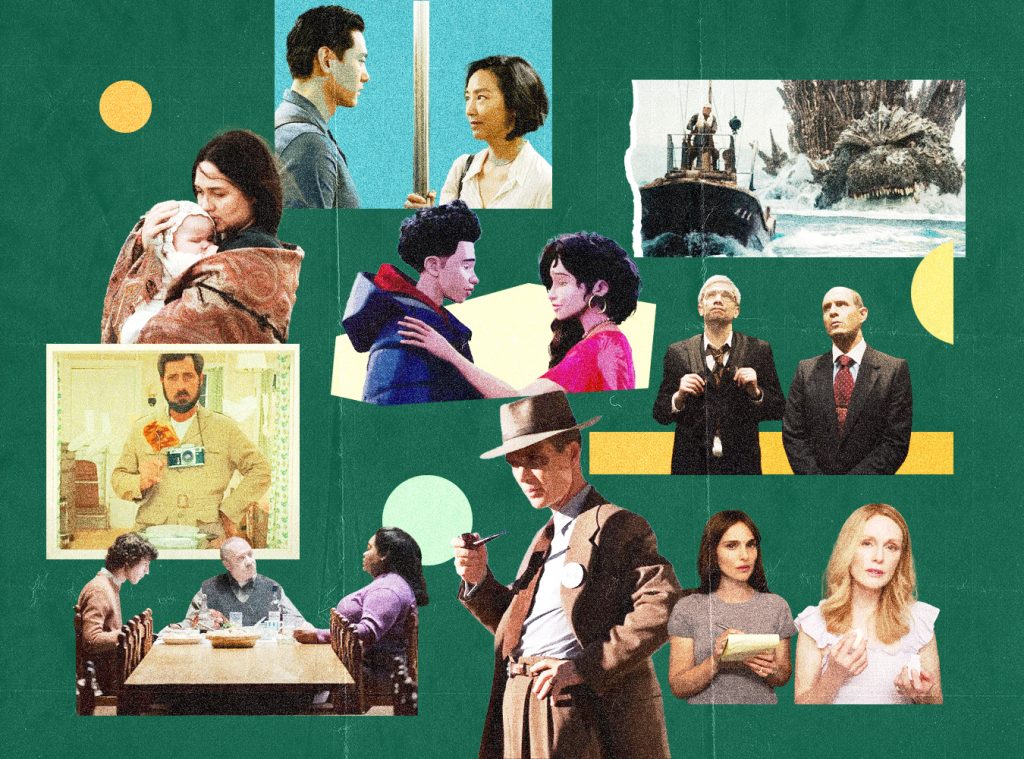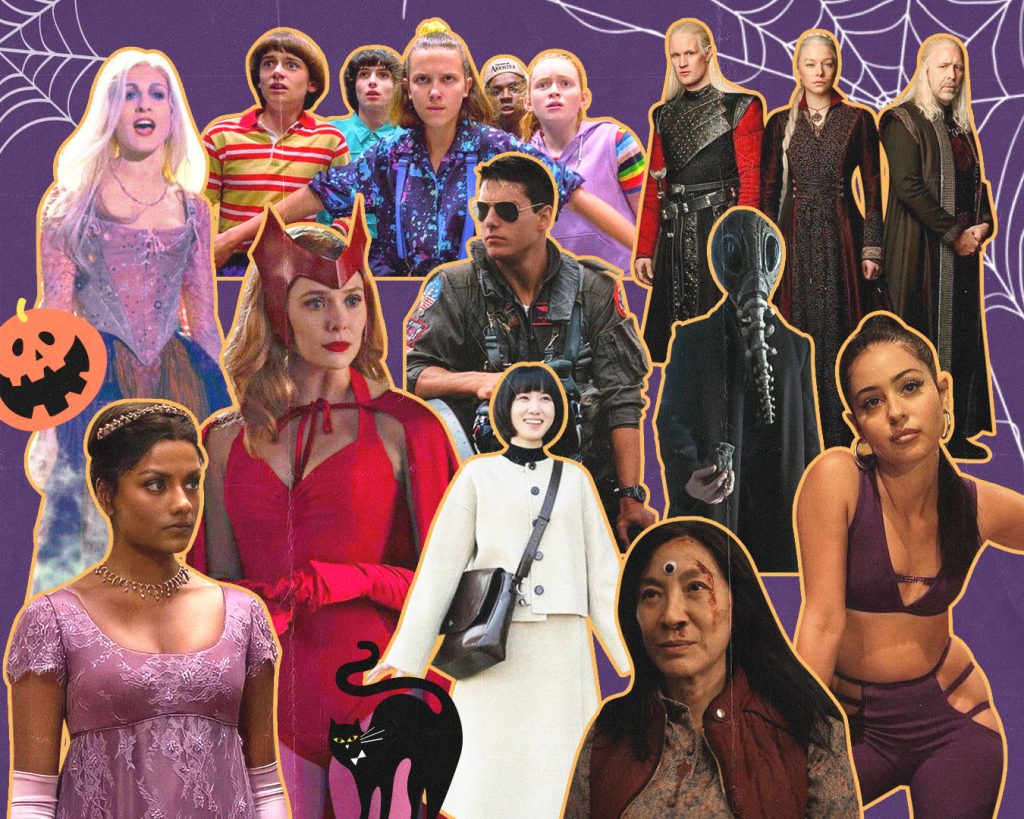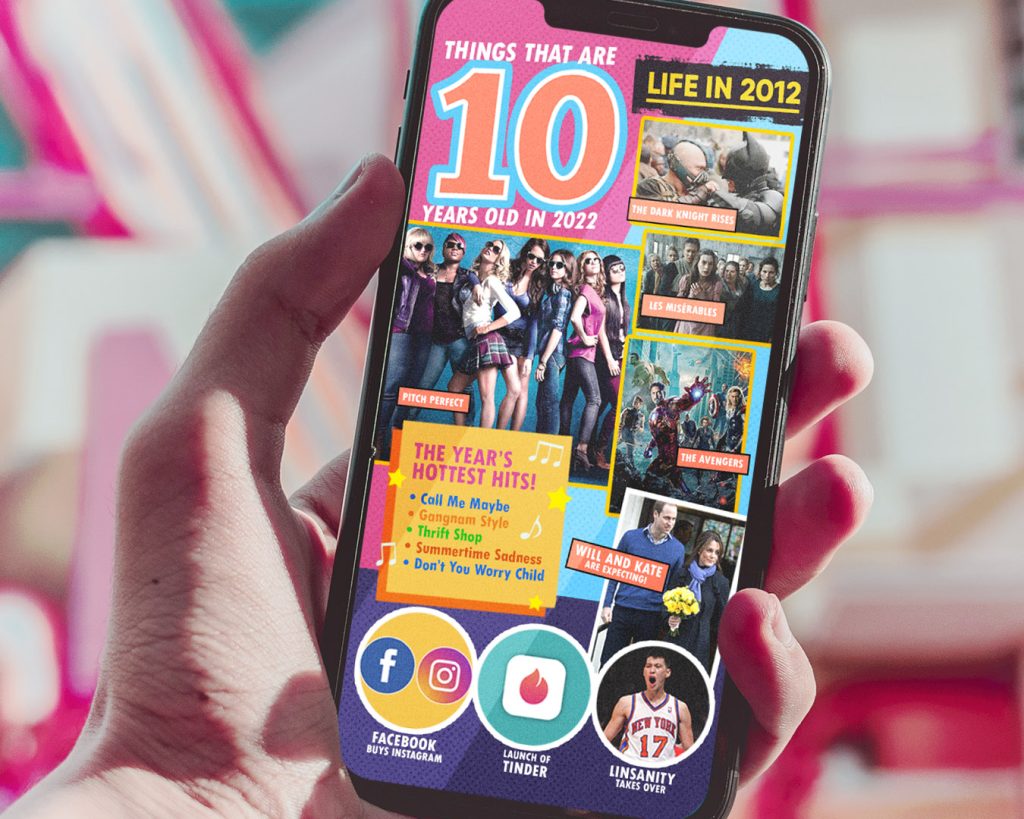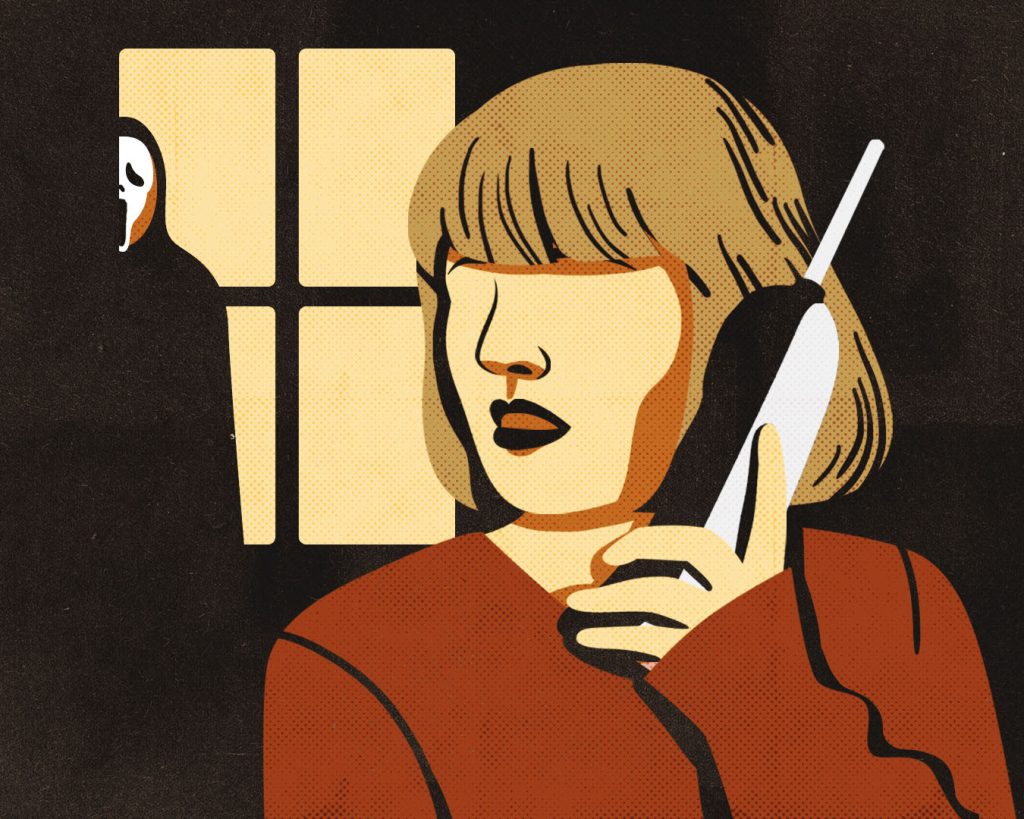WARNING: mild spoilers for Barbie.
There’s no easy way to say this: I did not like Barbie—at least during my first viewing.
I first watched Greta Gerwig’s anticipated third feature inside a packed theater in the bustling heart of Cebu City, missing the first few minutes of the film because of a long pink line at the snack concessionaire. Margot Robbie is ethereal, as expected: a splitting image of the ultimate doll, and Ryan Gosling’s Ken is a performance for the ages. The set design is a masterclass in how movies should be made—it was clear that the studios spared no expense for this production. However, as the film went on for its 114-minute runtime, I found myself finding more things to critique than enjoy.
I bemoaned the underutilization of some of my favorite actors: Sex Education’s Emma Mackey, Ncuti Gatwa, and Connor Swindells, and trans actress Hari Nef, who probably have only 10 lines split between all of them. The empowerment provided by the presence of diverse, body-inclusive actors came and went like the wind. I internally cringed at the monologue delivered by America Ferrera’s Gloria in the third act: a piece that seemed to me like a mix of Saoirse Ronan’s “Women” monologue in Little Women, Laura Dern’s monologue about mothers in “Marriage Story”, and a bunch of Pinterest quotes about gender inequality.
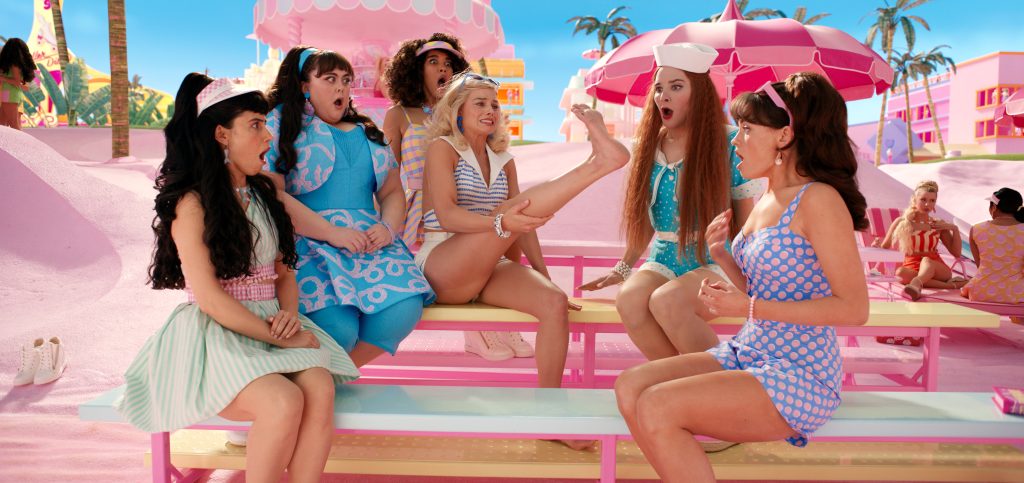
While the ending was clever and harkens to a joke made in one of the earlier scenes (Barbie scolds a bunch of construction workers for catcalling her and reveals that she, in fact, does not have a vagina), I had already made a case against Barbie in my head: I was disappointed that one of the most anticipated films of the year that was largely targeted to women fell short of engaging with feminism on a deeper level as if film franchises haven’t already given us multiple versions of superficial girl-boss feminism in the past several years.
I left Barbie feeling lost, empty, and confused—emotions that I wasn’t expecting, especially as a massive fan of Greta Gerwig’s work. I remember clutching my heart, crying when I first saw 2017’s Lady Bird, a film that perfectly encapsulated the tumultuous relationship between an ambitious child and an opinionated mother. Little Women was a beacon of relief when it finally came out on streaming services in late 2020—I’ve lost count of how many times I’ve rewatched Gerwig’s take on the literary classic. The buildup of hype around Barbie was massive, and with its stellar cast, beautiful costumes and set, as well as an extremely talented crew, I couldn’t stop myself from having high hopes.
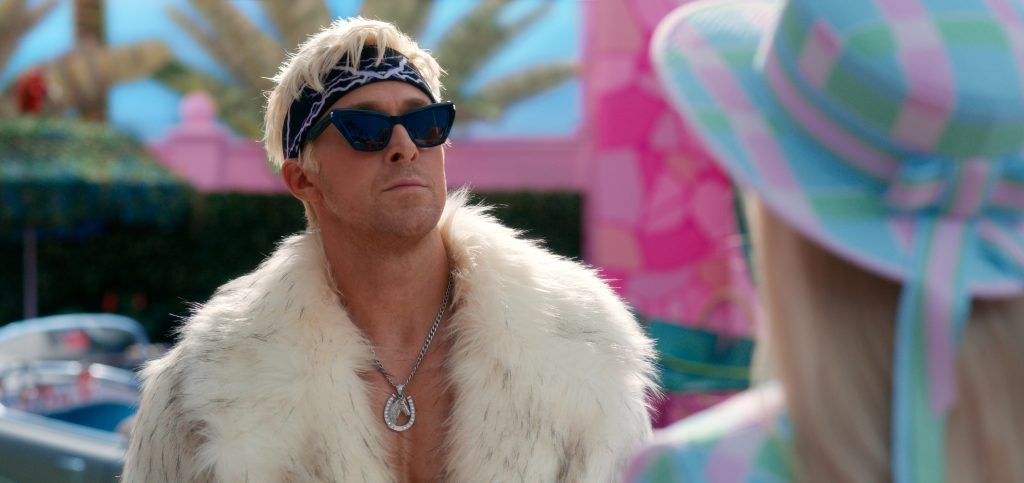
Still stewing in my disappointment, I conversed with a sixteen-year-old girl outside of the theater who was waiting for the next show. She had just arrived in Cebu from Pagadian City, Zamboanga del Sur. When I asked her what made her want to watch the film that day, she said it was her way of bonding with her online friend who she was also meeting in person for the first time that day. As we were talking, her friend came up to us, both of them now wearing coordinated pink outfits. Looking around, more people dressed in pink were lining up for tickets and popcorn, taking pictures with the Barbie box display outside of the cinema.
As if there were some kind of Barbie magic that glittered before my eyes, something shifted. I talked to more people: a mother chaperoning her eleven-year-old daughter and her friends, couples who were on movie dates, and groups of friends who were doing a double feature of Barbie and Christopher Nolan’s Oppenheimer: somewhat antithetical films that were coincidentally released on the same day (a phenomenon that took on an online life of its own as #Barbenheimer). After more than two years of confinement within our homes because of the COVID-19 pandemic, seeing the movie theater come alive with shared excitement made the moment miraculous. I told myself I would give Barbie another chance.
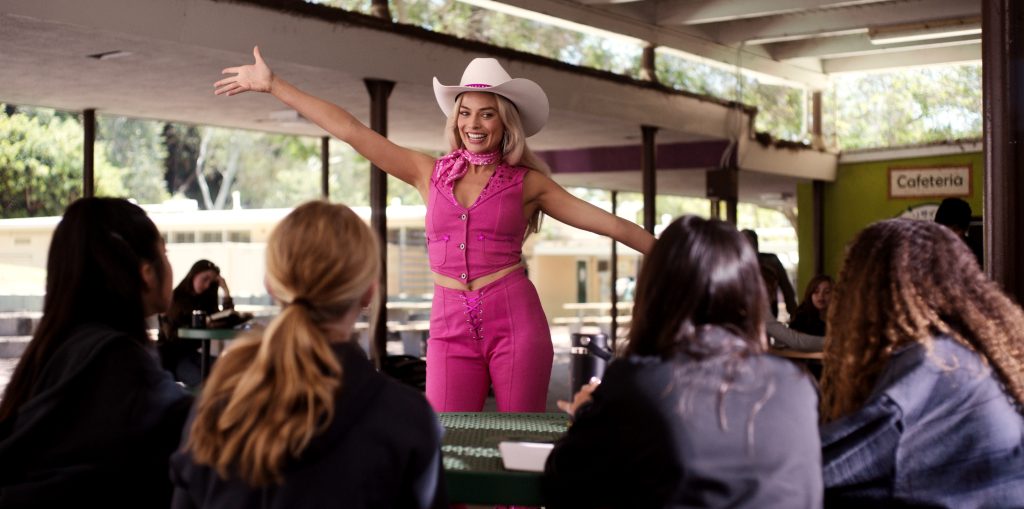
I went to see the same film the next day in a mall up north. The theater was empty, save for a few scattered groups of girls (also wearing pink) and mothers toting their children. This time, I had a better opportunity to appreciate the film. I was pleasantly surprised at the things I missed during my first viewing: Gerwig had masterfully peppered references to her previous work: try to spot the line where she casually drops the phrase “little women” or the hilarious joke about Proust (a callback to her role in the movie Frances Ha). I don’t think I would be reaching if I said the scenes of the mother driving her daughter were very Lady Bird-ish.
The Kens’ rendition of “Push” by Matchbox Twenty and the original song “I’m Just Ken” will be stuck in my head for days, although I fear that Ryan Gosling’s perfect portrayal of Ken might just birth a new generation of manic patriarchal “sadboys”, a la Joseph Gordon Levitt in 500 Days of Summer.
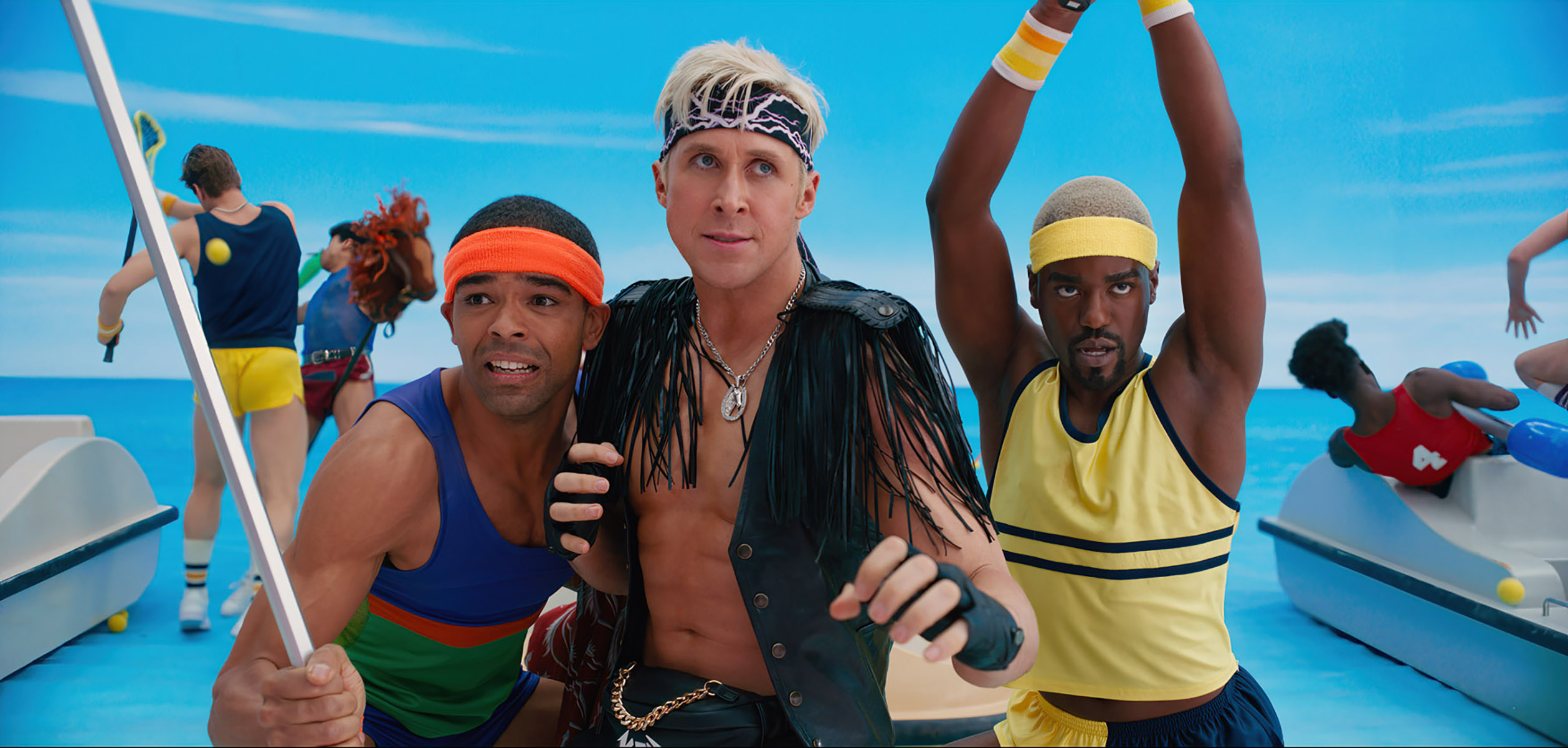
Despite my newfound appreciation for Barbie, my notes on the first viewing still remain. To me, the overall message of the film felt stale and overdone. Delving deeper into feminist theory and practice is a challenge, although it is a risk worth taking. With such a varied audience of women and girls of different ages as well as men who will have to come face to face with their macho-feudal tendencies by way of Gosling bicep-flex, the film’s message could have been more than just “it’s so difficult to be a woman!” and “things will be better if we vote!” We are in such a special time in society when films like Barbie can be made through the teeth of American macho-capitalism. At this rate, more women should be given more opportunities to deliver works with stronger cultural impact, which should then invite the general public to consume inspiring art that will push forward the struggle of women instead of backward.
And yet, having said this, I feel ruthlessly sanctimonious. Who am I to assume that every person in the theater is ready to confront the deeply rooted issues of the patriarchal system through a fun comedy film about a doll? Who am I to lecture Greta Gerwig that her art is insufficient and unsatisfying when I’m the one seated in this recliner seat and bought the tickets twice?

Quoting an article I wrote last March entitled “Womancipation”, “To live as a woman artist is to exist within a paradox: we are continuously forced to participate in the same systems we criticize.”
Within the cinematic world of Barbie, a character can call out gender stereotypes, unattainable beauty standards, and rampant consumerism, but in the real world, Barbie is made to rack up millions of dollars in ticket sales and brand partnerships. This fact is worth noting in the face of an ongoing writers’ and actors’ strike: In the real world, crew and background actors get next to nothing, while the bosses of big production companies are bound to reap the benefits of artists’ labor. In the film itself, it points out the absurdity of Will Terrell’s role as the male CEO of a company built off the dreams and aspirations of young women, but he and his board of male executives face no consequences for their role in perpetuating stereotypes and exploitation of workers’ labor.
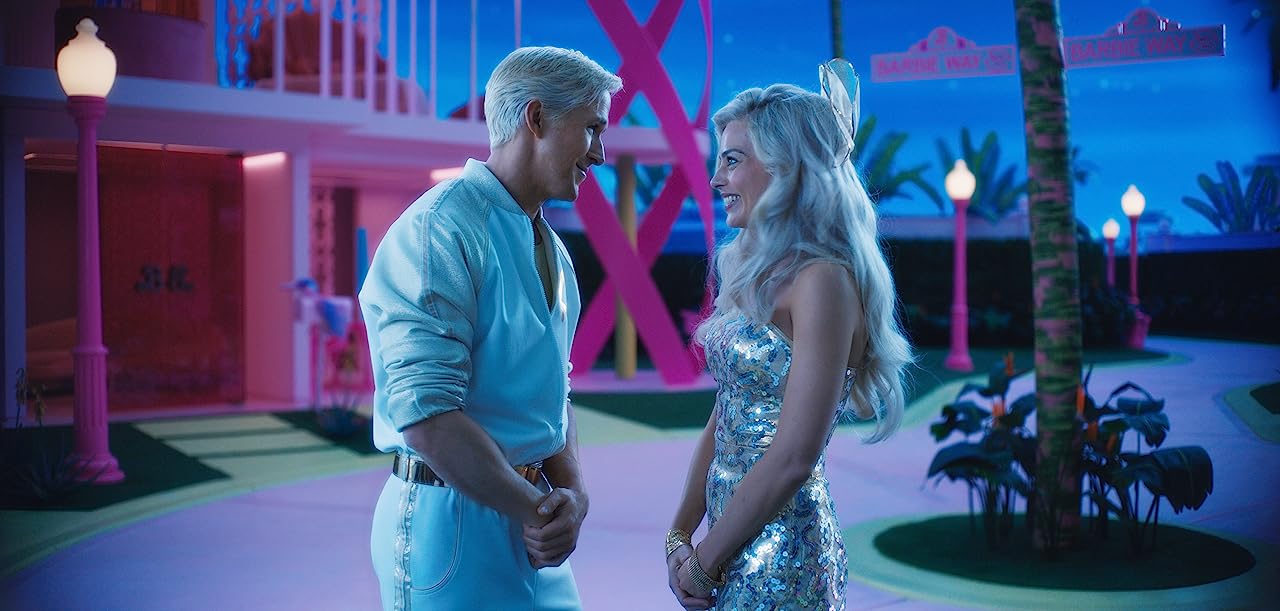
The film makes a point in the battle of the Kens: that men are bound to destroy each other because of the fragility of their own egos, but the conversation surrounding this should be so much more nuanced. Men are also victims of the patriarchy but their feelings of oppression stems from how systems are built to leech off of inspired creativity and of hard work. Powerless men who have little understanding of their own oppression, who are left out of the conversations in favor of the easy way of liberal feminism (girl power, men bad) are made to fight in expensive and violent wars while the people in charge remain unscathed. The point that Barbie attempts to make does not land well because it refrains to point out what the real enemy is.
As discussed in the movie, developing cognitive dissonance is a skill that women have learned to do very early in life and continue to cultivate especially in media consumption. Barbie carries with her the expression of unbridled feminine joy as she is simultaneously shackled into boxed stereotypes and standards decided by powerful men. Perhaps the message of Barbie lies in the make of the doll itself. Barbie is packaged to be everything, to be for everyone, but just as what real life women will discover for themselves, pleasing everyone is just ridiculous. However, I personally believe that we as a society should move past the need of seeking throwaway representation and join the struggle for genuine change.

I expect that more divided takes on the film will come in the following days, even more so in the years to come. As of writing, Barbie has rated 89% on Rotten Tomatoes out of 199 reviews. To predict Barbie’s legacy, in the long run, might seem too early to call, but besides that, the waves that this film event has made after coming out of an extremely stressful global health crisis are bound to remain in our collective consciousness for a long time. What made this film special to me is seeing how art has the power to mobilize people and open conversations. We have already come so far, and yet, there is still so much more to be done.
As a final note, it is inspiring to see hope endure throughout Greta Gerwig’s take on Barbie: hope for a fulfilled life, hope that things can still change no matter how unchangeable they may seem, and most of all, hope that a better world is possible. I can only hope that this is one of the messages that viewers will pick up on.
Photo courtesy Warner Bros. Pictures



